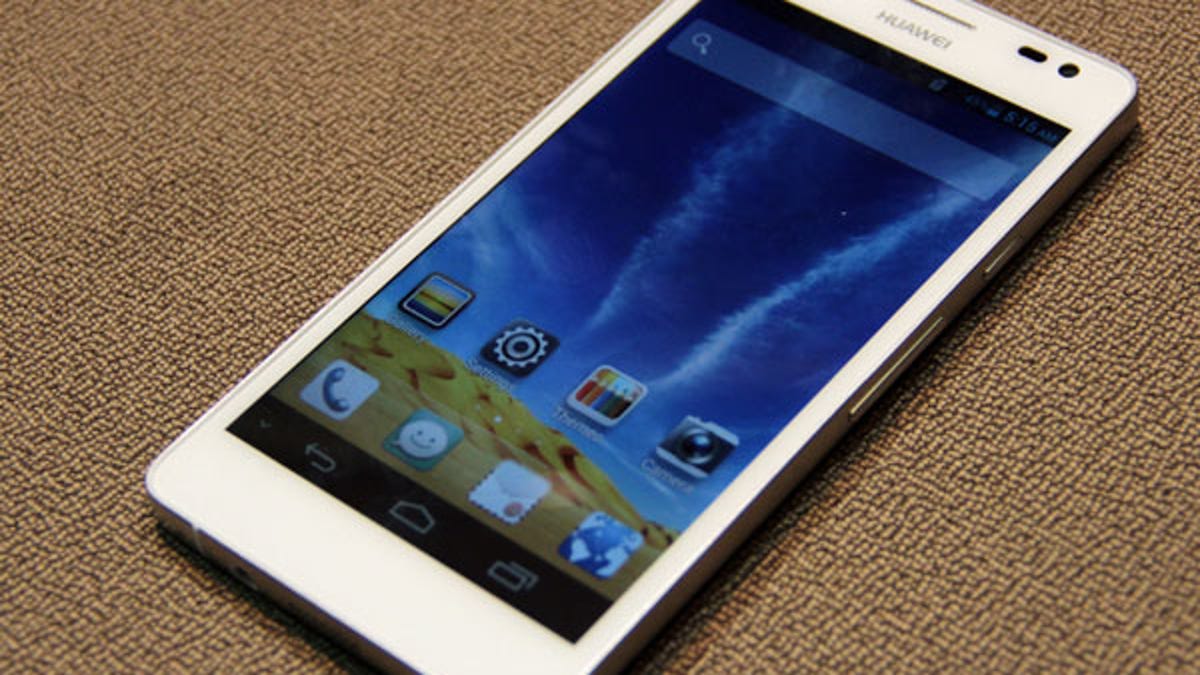Super-sharp displays on Android phones take on Apple
Huawei, HTC, and Sony are leaders in super-sharp, large-screen phone displays, and Apple's got some catching up to do, says DisplayMate Technologies.

HTC, Sony, and Huawei are leading the charge into large, full high-definition phone displays, said DisplayMate Technologies. It's a market Apple has yet to enter.
"With the iPhone 4 Retina display, Apple pioneered the previous generation of smartphone displays in 2010," wrote Raymond Soneira in DisplayMate Technologies' Full HD Flagship Smartphone Display Technology Shoot-Out released on Tuesday.
"This time the pioneers are all Android devices, with the iPhone still not even at the basic HD resolution of 1,280x720," he said.
Apple has some catching up to do to achieve "true Retina," as Soneira puts it.
As I have pointed out before, the effective resolution of the human retina is much higher than Apple's Retina Display, and corresponds to somewhere around 600 PPI [pixels per inch] at a 10 inch viewing distance, which is the limit for the best human vision, around 20/10...On the other hand, very few people have that level of 20/10 visual acuity.
But lower visual acuity doesn't necessarily mean you can't appreciate displays with very high pixel density.
If you study and stare at the image on the screen, move it closer, or move it around, you'll be able to make out considerably more fine image detail because you are building an integrated visual image map in the brain. So, when you are looking at an image with finely detailed graphics and small text, most people with reasonably good vision will be able to make out and appreciate the extra sharpness and image detail if they take the time to do so.
Super-sharp screens aren't the only criterion for excellence, however. The iPhone 5's display is still very competitive in other areas: it has comparatively high peak brightness, high contrast rating for high ambient light (bright conditions), and low screen reflectance, DisplayMate said.
The shoot-out itself compared the full HD 1,920x1,080 screens on the Huawei Ascend D2, HTC One, and the Sony Xperia Z, with the iPhone 5 serving as a yardstick of sorts.
The Ascend D2 came out on top.
"In our extensive side-by-side viewing test comparisons the Ascend D2 was virtually indistinguishable from the iPhone 5 and iPad Retina Display, two of the most accurate and high quality mobile displays we have ever tested," DisplayMate said.
The Ascend D2 is Huawei's entry into the premium smartphone market. "The Ascend D2 joins an elite group of smartphones with world class displays. While Huawei is better known as a manufacturer of low cost smartphones, their Ascend D2 is aimed at the premium top tier, so they managed to hit a home run with the display the first time at bat."

